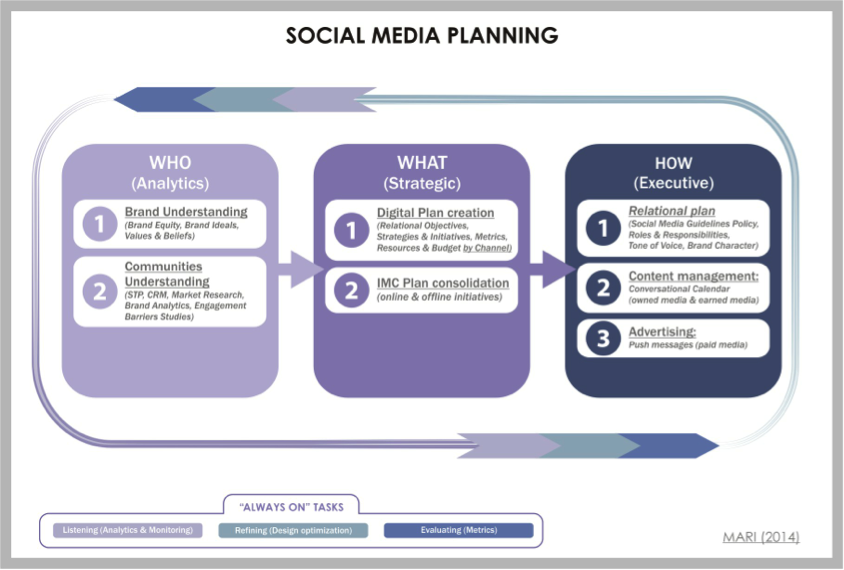‘Social Media’ is NOT the magic formula, ‘Relationship’ is
The recent explosion of interest in social media has led authors from many fields to release books and articles that have attempted to interpret the changes caused by digital technology.
On one hand, these documents have invoked enthusiasm among countless professionals and researchers because they have highlighted the potential of the new technology. On the other hand, oversimplified analysis has reduced the complexity of this phenomenon and generated the belief that social media is a “magic formula” that solves the problems faced by entrepreneurs and companies in terms of generating new business. Incorrectly interpreted stories have led many corporate managers to suffer from Stendhal syndrome – freezing in front of this massive amount of “beauty” that they do not completely understand.
I argue that the rise of the so-called “social media experts” has some connection with the deep meaning of social media.
In order to be truly “social” a brand must be able to effectively establish and maintain “relationships” with its consumers.
According to many scholars, a firm’s performance depends strictly on the nature and the quality of direct and indirect relationships it is able to develop with its counterparts. Relationships are the new “currency” of the business world. The term “relationship” is defined as “a mutually oriented interaction between two reciprocally committed parties” (Håkansson and Snehota, 1995). The concept of “relationship” is not exactly new in marketing. When the term “relationship marketing” was coined by Berry (1983), interactions, relationships, and social networks received additional interest from researchers. Relationship marketing was defined as attracting, maintaining, and enhancing customer relationships(Grönroos, 1994). Interaction has been defined as the key construct at the heart of relationship marketing and social media marketing paradigm.
Every company, as well as every individual, must initiate or maintain multiple and simultaneous relationships in any phase of life. Both individuals and managers don’t live on a deserted island (Håkansson and Snehota, 1989). However, not all companies (and individuals) are able to create “high-quality” relationships that involve reciprocal respect, mutual trust, commitment, and satisfaction (Grönross, 2007). Although social media appears to have profound communication implications,
managers must recognize that social media is nothing more than a communication-enabling tool.
Ultimately, social media is simply a technology that enables:
consumers to become media agents (UGC) and communicate in a many-to-many fashion, while enabling companies to connect with their own communities to build and maintain relationships (Mandelli and Mari, 2010).
Therefore, social media is not a magic formula, but relationships are, whenever they are handled in a strategic way.
I argue that whenever brand managers forget this, the expectations on the social media platforms and tools are deemed unreal. For a company, the relationship building process implies a deep understanding of the other party or parties in the relationship, primarily because each party is fundamentally different from each other party.
Several scholars have viewed the relational side of marketing as an asymmetrical interaction process that requires an in-depth, personalized understanding and consumer needs and personality.
This implies going beyond the “golden rule” of treating others as you would like them to treat you, which in the corporate environment was interpreted as “treat your customers as you [the manager] would like to be treated”. However, I argue that:
managers need to treat customers as they wish to be treated and NOT as they, managers, would like to be treated by others.
For large corporations, the only way to conduct one-to-one relationships with a high number of customers and bypass the complex practice of customer understanding is using digital technology to adopt a truly honest, social, and caring approach when communicating and serving clients.
Ultimately, it is by becoming a social business or enterprise that a firm can effectively use the technology for customer relationship management (Mandelli and Accoto, 2012). It is not software such as analytic and monitoring tools or sales and customer care programs that make a company “social”.
Technology itself cannot turn a company’s social media presence into an effective growth engine.
Alex Mari - Founder & Creative Director of BrandMate - www.brandmate.it



Comments